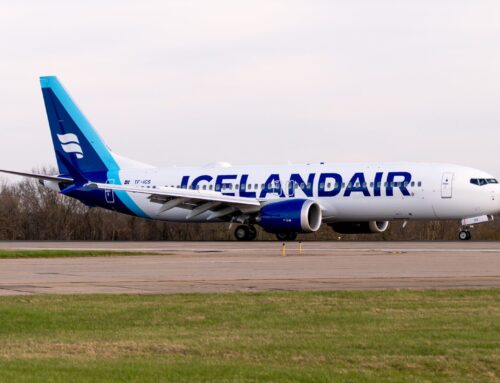American, United Return to Profitability
Major carriers report first quarterly profit since start of pandemic
By Bob Kerlik
Published July 25, 2022
Read Time: 3 mins
American Airlines and United Airlines, two of the country’s largest air carriers, posted quarterly profits last week for the first time since the start of the pandemic.
All four major U.S. carriers have now reported at least one quarter of profitability since the start of the pandemic, another sign of the industry’s recovery. Delta and Southwest both posted quarterly profits late last year.
Surging demand for air travel, coupled with higher fares, allowed airlines to overcome high fuel prices and get their bottom lines back in the black.
American posted record second-quarter revenue of $13.4 billion, up 12.2 percent from the second quarter of 2019, even though capacity was down 8.5 percent. Revenue at United was up 6 percent at $12.1 billion—also a record—compared to the same period in 2019, with capacity down 15 percent.
“We’re really pleased to report a quarterly profit for the first time since the start of the pandemic. That’s two-and-a-half years. That’s driven by the strong demand environment and the hard work of our team,” American CEO Robert Isom said on the quarterly earnings call last week. “Further, leisure demand surpassed 2019 levels in the second quarter, and customers continue to see us through increasing appetite for travel.”
Despite record revenue, high costs—especially fuel prices—weighed on profits. American earned $533 million in the quarter. That compares to a $1.1 billion loss a year ago but is short of the $810 million the airline earned in the same period of 2019.
United earned $471 million in the second quarter, compared to the $1.3 billion it lost in the year-prior period. That profit was less than half what the airline earned in the second quarter of 2019, CNN reported.
“We’re still probably in the sixth or seventh inning of the COVID recovery,” United CEO Scott Kirby said. “So there are two macro demand trends—recession versus continuing COVID recovery—working at cross purposes. And for now, at least, the COVID recovery trend is at least cancelling out and arguably exceeding the economic headwinds.”

Despite strong consumer demand, the industry expects challenges, such as staffing and high fuel costs, to persist through the fall. (Photo by Beth Hollerich)
Both carriers acknowledged the operational challenges, particularly in June, and said they’ve scaled back some operations to compensate. The three legacy carriers have all trimmed schedules heading into the fall.
“We’ve taken proactive steps to build additional buffer into our schedule for the rest of the year,” Isom said. “We’re sizing the airline for the resources we have available and the operating conditions we face.”
Former Spirit Airlines CEO Ben Baldanza, who co-hosts the Airlines Confidential podcast, wrote in Forbes that the themes from the big three carriers were consistent this quarter:
- Fall capacity trimming
- Not beyond operational issues yet
- Labor cost increases
- Uncertainty around business travel
- Ability to maintain higher fares
Other carriers, including Southwest and low-cost airlines, will report in the coming weeks.
“The airlines are facing an interesting environment right now. Passenger demand is high, but labor is in short supply both at airlines and related areas like airports and air traffic control,” Baldanza said.
“Fares are high due the strong demand and limited capacity, and so it’s not surprising that the largest airlines have all returned to some level of profitability.”






